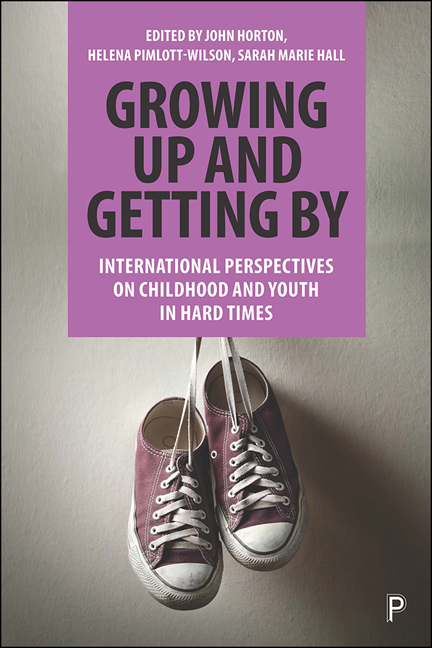5 - ‘Live like a college student’: student loan debt and the college experience
Published online by Cambridge University Press: 18 December 2021
Summary
Introduction
I sat with Robin State University's director of financial aid the week before final exams in the autumn of 2014. When I asked her what she thought students used their loans for she said, ‘You don't want your financial aid recipients to be driving Cadillacs’ then mentioned that students use their loans on ‘frivolous and excessive’ items not related to their education like pizza, alcohol and drugs. This was not the reality I observed at Robin State University (RSU), a small public liberal arts university, in Wisconsin. For two years, I conducted ethnographic fieldwork on the affordability of college with 11 low-to-middle income first year college students; each one of them had student loan debt and not one of them purchased a car, let alone a Cadillac. While many young people experience debt and indebtedness throughout their childhood and adolescence, the university is often seen as a gateway to Americans’ experiences with debt, which makes it an imperative site to understanding how Americans feel about and understand debt and indebtedness. However, we cannot limit our understanding of this relationship to the space of the university. Rather, students’ relationships with debt are often produced, governed and lived through other key spaces and actors such as federal and state governments, local economies, and the students’ families and homes. Through student narratives, I argue that universities are not simply containers for indebted individuals but rather key spaces in which debt becomes embedded in the totality of students’ lives in ways that both perpetuate and deviate from neoliberal conceptions of the college experience.
Debt is not seen as occupying one singular space but rather intertwined and embedded in a complex network of spaces and actors (Deville, 2015; Harker and Kirwan, 2019). In the case of student debt, students are both aware and unconscious of these networks and their extent. In this chapter, I explore how assumptions about students’ spatial-temporal relationships with debt lead to complexities and complications within these networks, not just for the students but for other actors and spaces as well.
During my time in Wisconsin, I became familiar with a campaign associated with borrowing called, ‘Live Like a College Student’.
- Type
- Chapter
- Information
- Growing Up and Getting By , pp. 99 - 114Publisher: Bristol University PressPrint publication year: 2021



